I don’t say this lightly: Allotments can change your life.
And not just in the obsessive compulsive way that other hobbies do (although it can do that too).
What I mean is that having an allotment can make you healthier, improve your mental wellbeing, change your attitude to the way you eat and make you fitter.
Its effect goes way beyond weeding for a few hours, and taking home some cheap veg.
This week is National Allotment Week, so let me share a few thoughts on the benefits of growing your own grub.
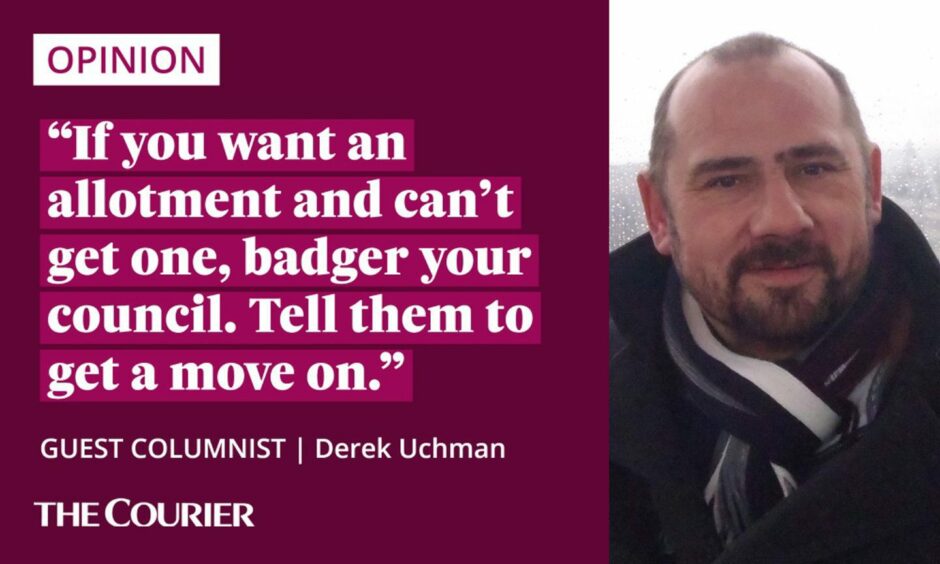
Since sticking a spade in the ground over a decade ago, I haven’t been to the doctor (apart from that time I fell over drunk and hurt my leg) and I haven’t had a cold for more than eight years.
So what do I put it down to? Is it the exercise? The quality of the food? Or simply just being outside in the fresh air? Could it even be coincidence?
I have no idea. But something is working.
Pushing 60, I’m healthier, have more energy and am happier than I was 20 years ago.
Better flavour made me an obsessive grower
But there is something else to consider. The food is far, far tastier that the intensively-produced, chemically-enhanced produce you buy in supermarkets.
I know this is one of the boring things that allotmenteers always, always point out, but it’s true, and it can’t be stressed enough.
A fully ripe tomato picked from the vine, and eaten straight away is full of a complex sweetness and flavour that makes commercial produce taste like pellets of turgid water.
And that’s not surprising.
Supermarkets, when sourcing food, don’t primarily focus on how good it tastes. They want it grown quickly and at the right price-point. Flavour takes a back seat.
My father used to grow his own veg too (to save money). As a child, I don’t recall a vast gulf in flavour between what he produced and what was bought from the shops. But that was then.
Over the years, food has gradually become more tasteless and more watery as efficiency in production is pursued to make it as cheap as possible.
In fact it is flavour, rather than the health benefits, which made me an obsessive grower.
The allotment was just the start
Once I realised that this is how food should (and used to) taste, I started to expand out of the allotment.
I began beekeeping, and now have 12 hives, which, at the moment, are up the glens making heather honey.
I bought a greenhouse for my garden to grow tomatoes, chillis, grapes and herbs.
Then I got some free-range, organic hens which produce eggs with proper yolks. I also started brewing beer, baking bread and fermenting sauerkraut.
Each step justified itself when it came to quality.
My only failure was making wine. I haven’t given up on it yet, but in the meantime, it is still shop-bought.
Even the kids, who were teenagers when I started this, could immediately see and taste the benefits, and they’ve all grown up with a keen passion for food and its role in health.
So, hopefully, this article has persuaded some of you of the benefits to growing your own.
It really is a no-brainer, especially with the cost of living crisis.
Happy National Allotment Week! There are approximately 330,000 allotments in the UK, and they provide both physical and mental health benefits, as well as producing delicious food 🥕🍅🥔#allotment #allotment #growyourown #nationalallotmentweek pic.twitter.com/qRZ7SMHpUu
— HTA News (@HTAnews) August 8, 2022
The only thing that you’ll need (apart from a plot, of course) is lots of time, commitment and a willingness to put in some hard work.
Allotments don’t grow on trees
Now, for the bad news.
Allotments are rarer than the teeth on my hens.
My plot is one of eight, and none have changed hands over the last four years. And yet every week I receive an email from someone inquiring if there are any available.
There could easily be a waiting list of 50-60 people, but it has been closed due to over-subscription.
The Scottish Government asked councils a few years ago to source allotments for the public. A great noise was made by local government, but progress since has been painfully slow.
If you want an allotment, and can’t get one, badger your council. Tell them to get a move on.
Ask them why it is taking so long to get this organised, especially now with the cost of food rising so quickly.
Dundee City Council said it had identified 1,500 hectares of land within the city which could feed a third of the population. That was two years ago.
We saw some progress last week with the news that construction has begun on a £1m community growing space at Camperdown Park.
It’s a start, and the council’s £200,000 grant is a great help. But there’s much more that could be done right across Scotland.
In the meantime, while you wait for the council’s wheels to turn slowly, you can start growing veg just about anywhere – in your garden, on your balcony or even on your window-sill.
Give it a go. It may just change your life. And make you healthier. And happier.
Derek Uchman is a journalist from Monifieth.
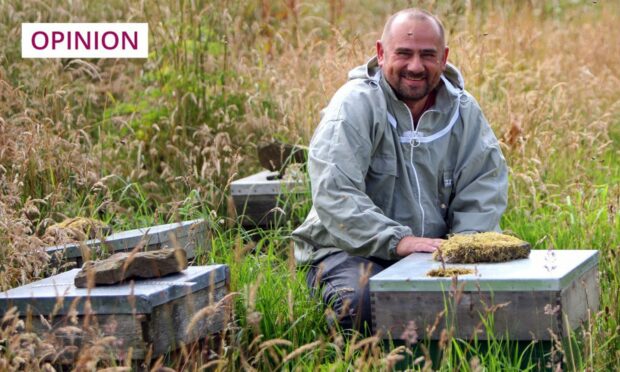
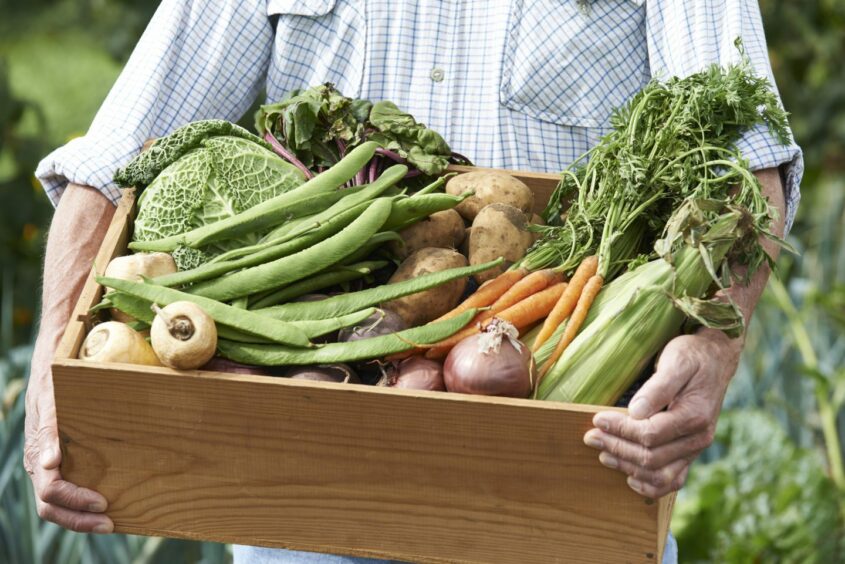
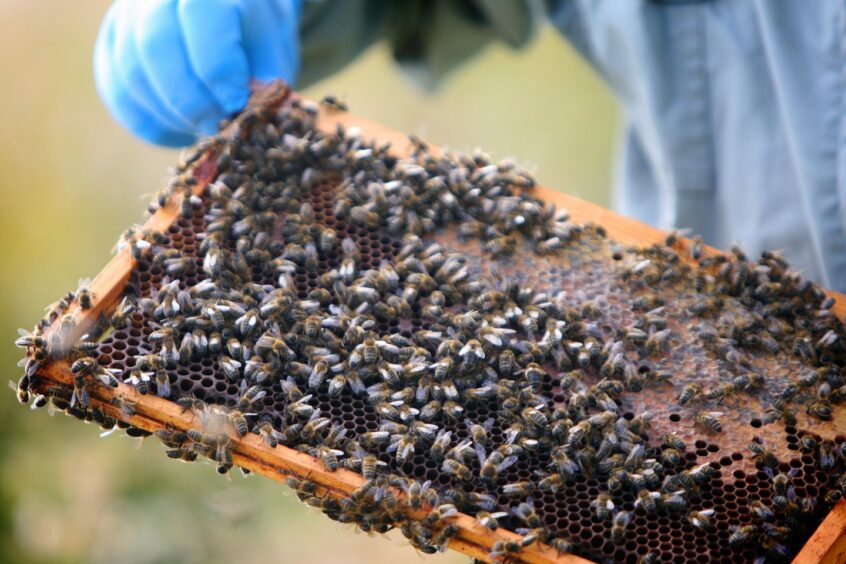


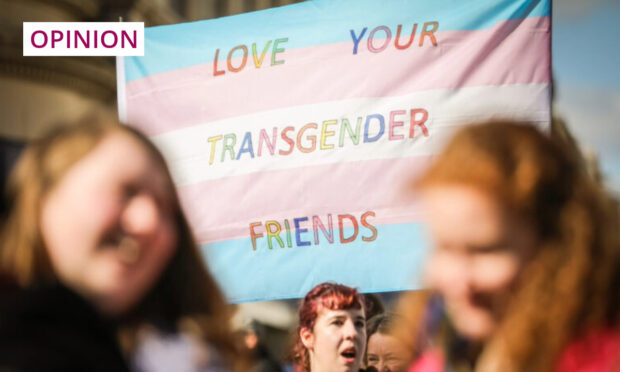
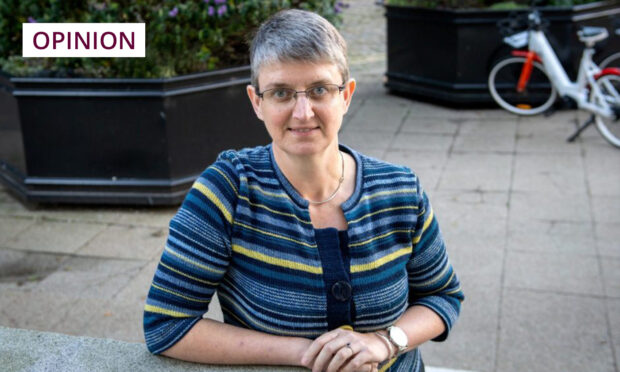







Conversation